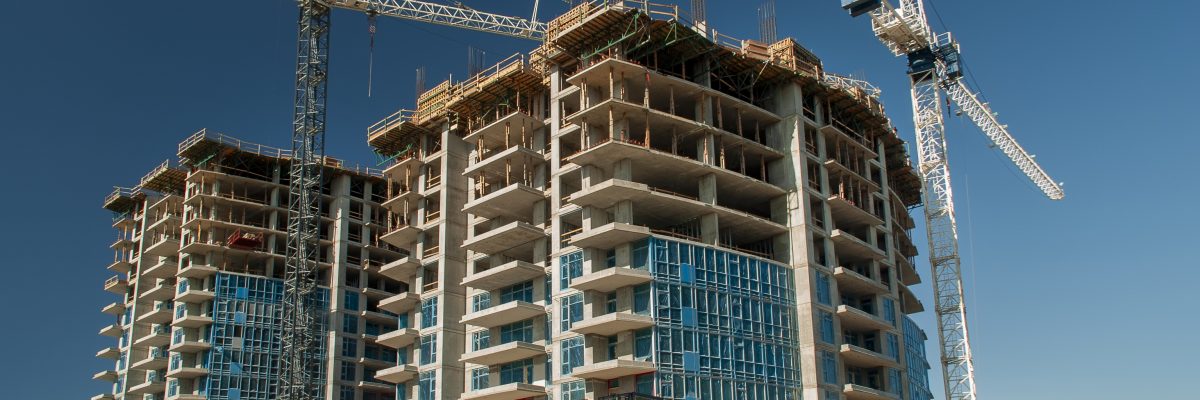
The project aims to develop an Embodied Carbon Management Toolkit for Ontario’s municipalities and support the development and implementation of embodied carbon management policies and practices across the province. Key deliverables that will be completed during this grant include:
- An Embodied Carbon Management Toolkit for municipal staff.
- An Assessment of the City of Toronto’s Urban Design Guidelines for Low-Rise, Mid-Rise and Tall buildings to identify potential drivers of embodied and operational carbon and construction costs.
- Recommendations on design, procurement, and material specification processes to prioritize lower carbon materials in construction projects.
- Review of international best practices on demolition and deconstruction and recommendations for future amendments to revise the City of Toronto’s approach.

